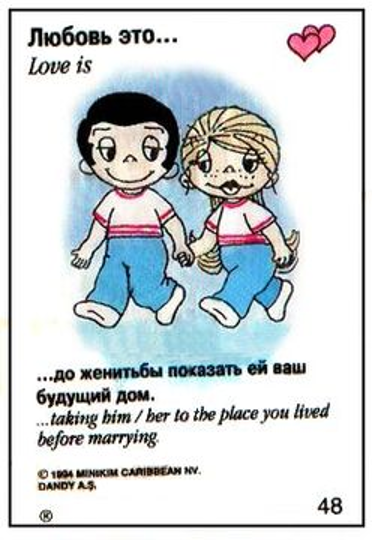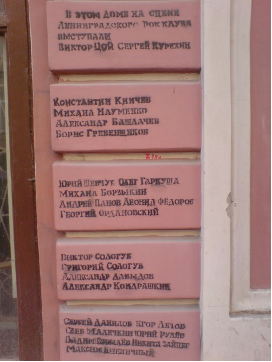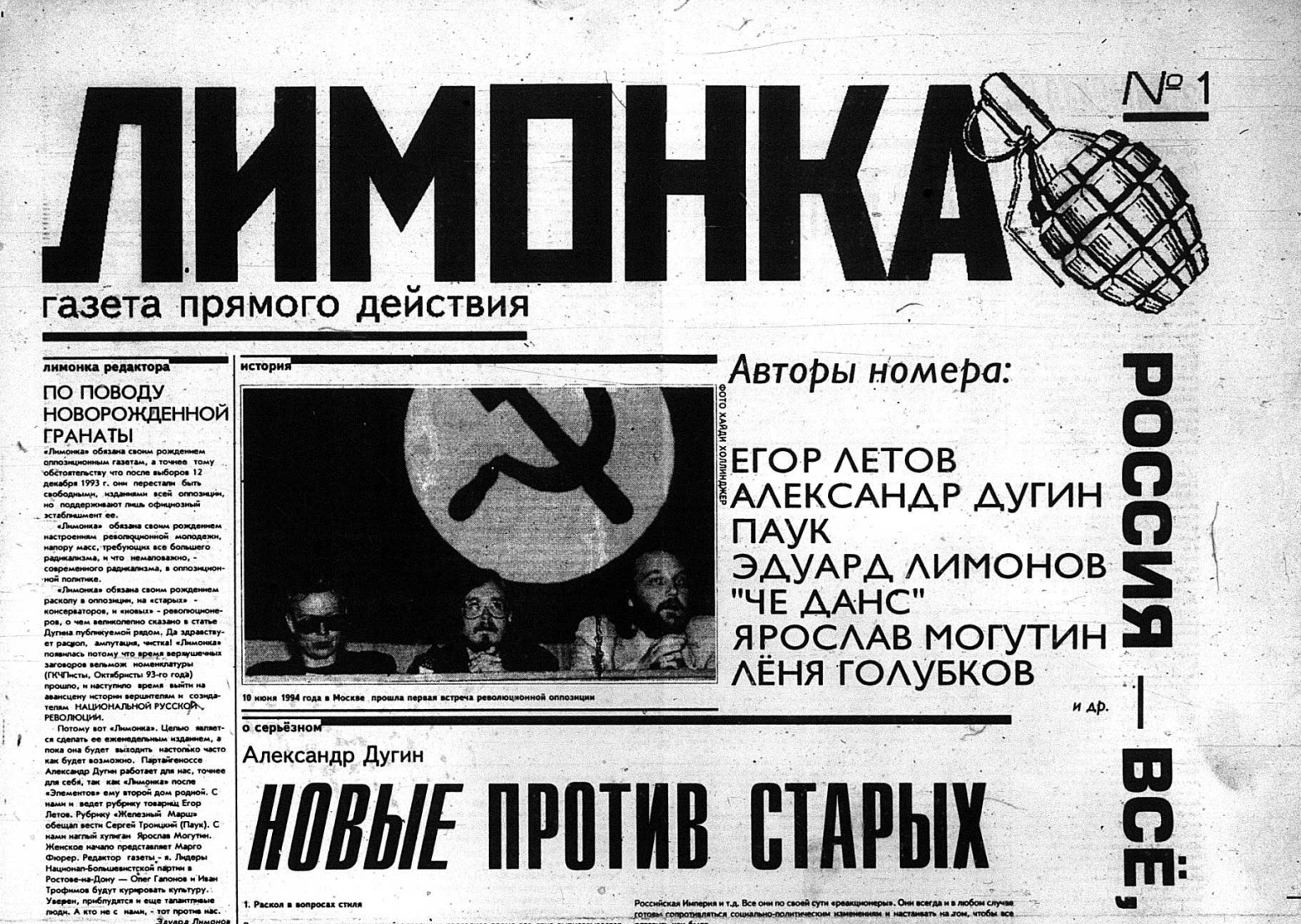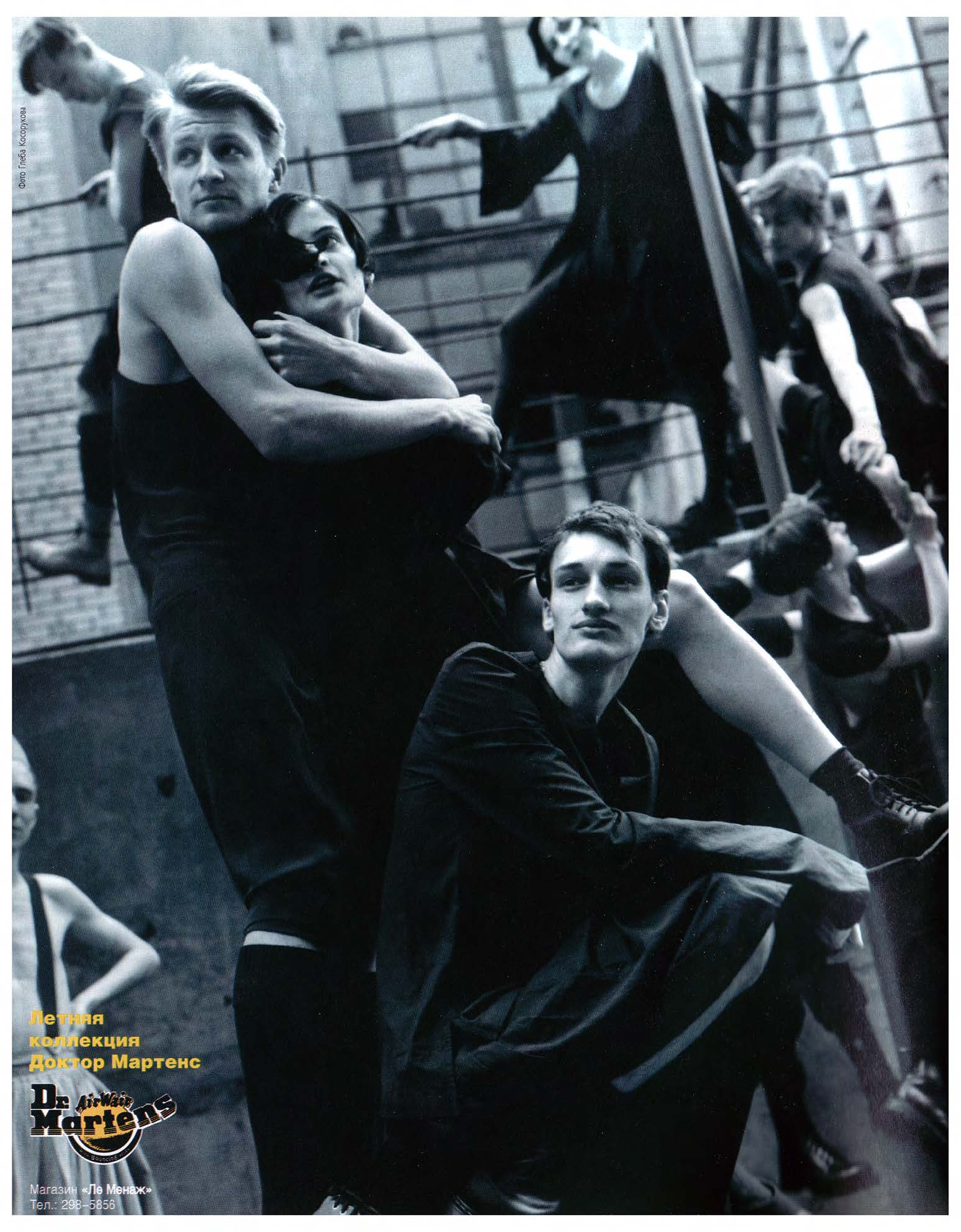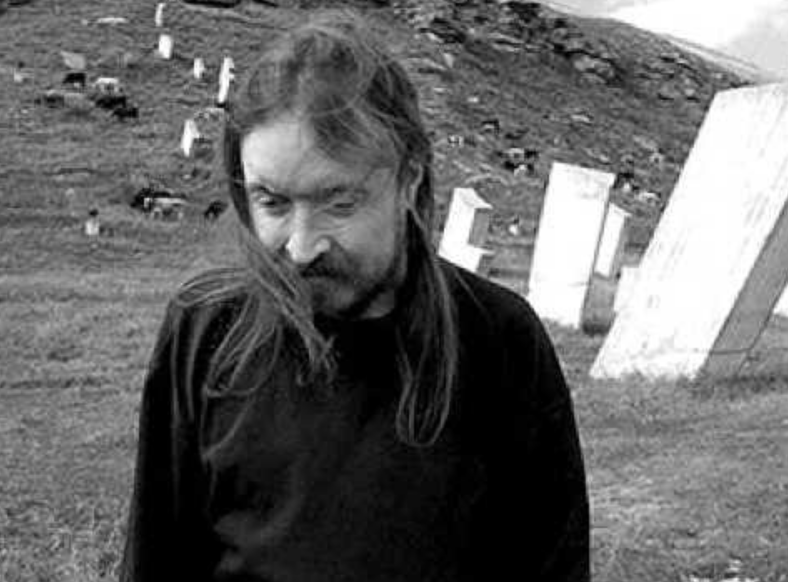Search Results
Search Terms
Results: Displaying Artifact 13 - 18 of 21 in total
Text Containing: 1994
Fields: Human Readable Date
Page: 3
“Love Is…” chewing gum packaging insert, 1994.
The early-to-mid 1990s saw an explosion of chewing gum packaging featuring all sorts of imagery, much of it seemingly irrelevant to the underlying product. Inserts might include film stills from The Godfatheror Jurassic Park, pornographic pictures, or, in this case, characters from New Zealand cartoonist Kim Casali’s syndicated “Love Is…” series, which originally dated to the 1960s and ’70s.
Leningrad Rock Club at 13 Rubinshteyna Street, Leningrad/ St Petersburg.
This St. Petersburg graffiti wall, which commemorated the Leningrad Rock Club, survived for two decades until its 2010 erasure by the building’s new owners.
Love is Cruel, It Can Make You Fall for An Asshole
A mean-spirited Pravda piece from 16 April 1994 about Slava Mogutin’s attempt, four days earlier, to register marriage to his partner, Robert Filippini.
A Conservative Revolutionary Avant-Garde
“The New against the Old,” a programmatic article by Aleksandr Dugin from the first issue of Limonka, the official newspaper of Eduard Limonov’s National Bolshevik Party (NBP), radical political organization/countercultural movement.
Fascist Fashion Between Counterculture and Mainstream
Images from a photo shoot from the Polushkin Brothers’ Fash-Fashion collection, which alluded to both queer and fascist aesthetics. Images in the series appeared, respectively, in an ad for Dr. Martens in the lifestyle magazine “Ptiuch,” and as an example of the countercultural aesthetics of the National Bolshevik Party in the pages of its press organ, “Limonka.”
The World Made of Plastic Has Won
Yegor Letov (1964-2008) performs his song “Moia oborona” (My defense), during his “concert in the hero city Leningrad,” part of Grazhdanskaia oborona’s 1994 tour Russkii proryv (Russian breakthrough).
